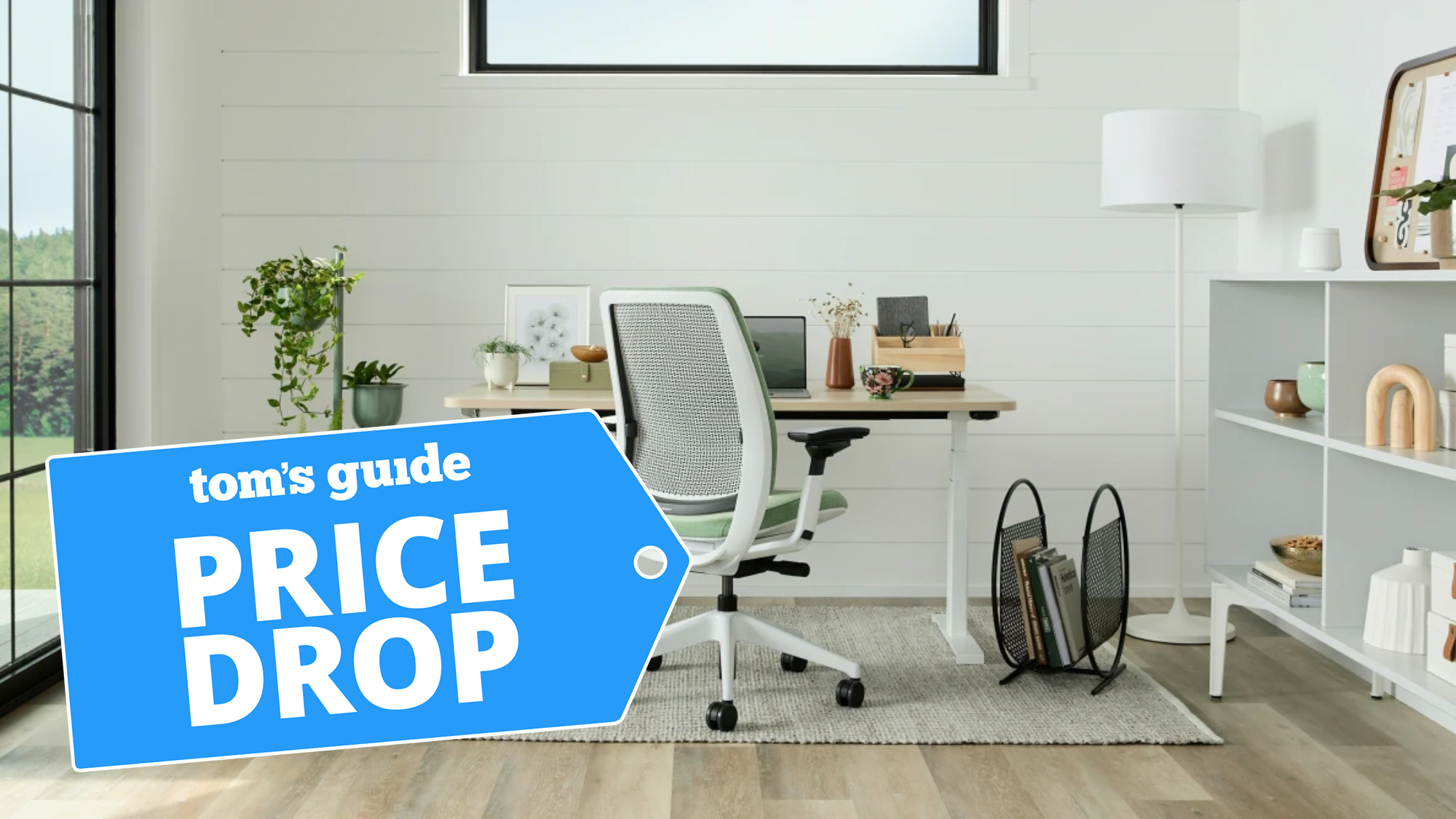Are pillow-top mattresses good for a bad back? A chiropractor answers
Is an extra layer of cushioning the key to a pain-free sleep?
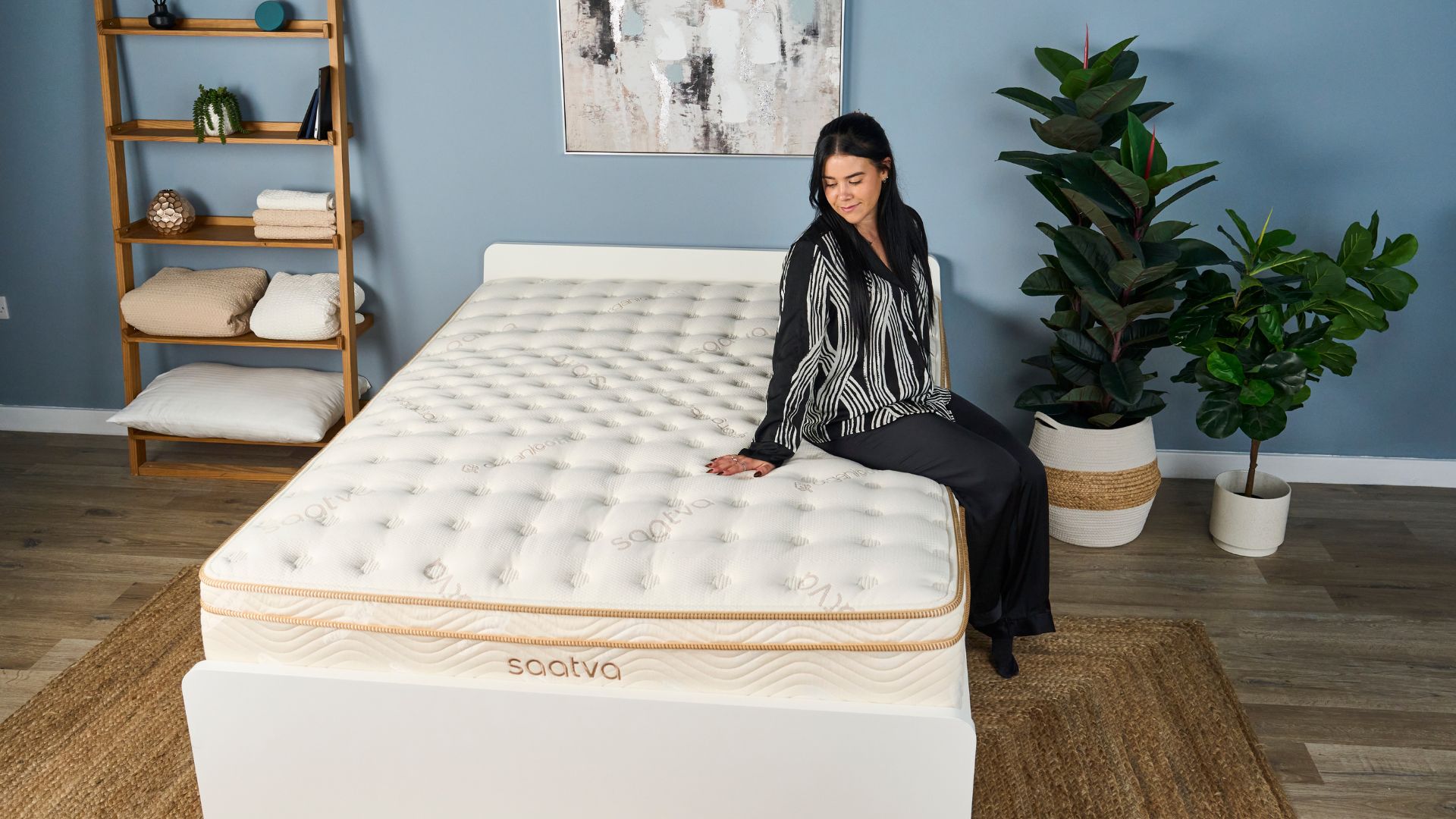
Waking up with a sore back morning after morning can not only be painful but also demoralizing. And, while a new mattress might not magically resolve the issue, it might ease it.
The best mattresses for back pain ensure your spine is always aligned, no matter your sleeping position, and that you feel supported throughout the night. They do this through cushioning foam and (depending on the mattress type) robust, adaptive springs. So, how does a pillow-top mattress fare?
These luxury beds have an extra layer stitched on top for enhanced pressure relief and comfort, but whether that makes a good mattress for back pain is a question we need answering.
So, we’ve asked Dr. Kevin Lees, D.C., Director of Chiropractic Operations, from The Joint Chiropractic, and Stephen Rapposelli, a physical therapist, whether pillow-top mattresses are a good investment for sleepers with a bad back.
What makes a mattress good for back pain?
If you want to find the best mattress for your sleep needs and you experience back pain, then considering the alignment of your spine is essential.
“A mattress needs to evenly support the person to maintain a neutral spine position while sleeping,” Dr. Lees explains.
This means that you need to avoid one part of your body sinking too far into a mattress. Your bed “should neither sag nor be so firm that it creates pressure points," he adds.
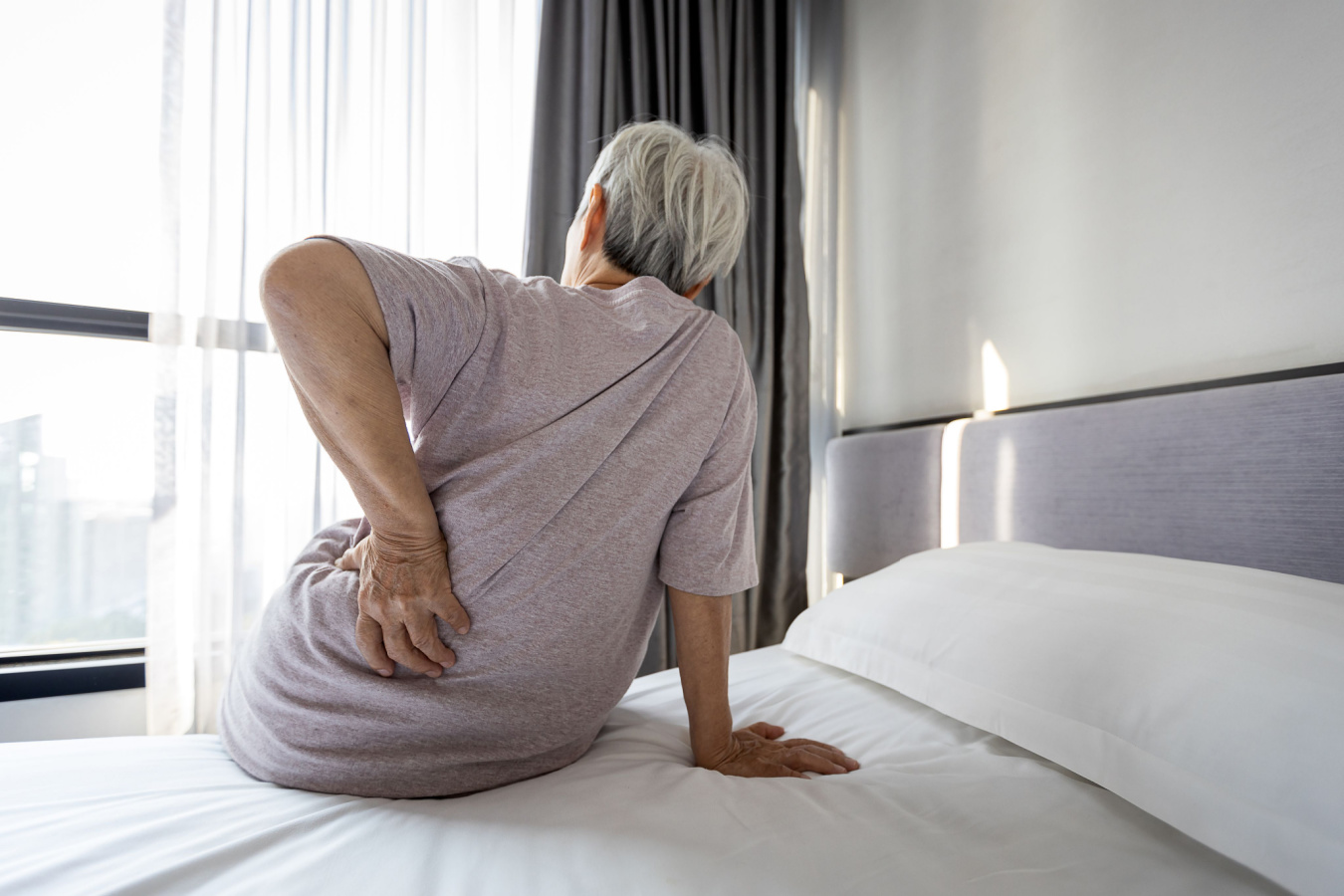
So, how do you find this? “The ideal firmness depends on the person's size and preferred sleeping position,” says Dr. Lees.
Sign up to get the BEST of Tom's Guide direct to your inbox.
Get instant access to breaking news, the hottest reviews, great deals and helpful tips.
For most people, the following is true: side sleepers need a softer surface, opting for plush to medium-firm, to cushion the shoulders, hips and knees.
Back sleepers will need a medium firm to firm mattress to keep their whole body evenly supported, without their hips sinking into the bed. Stomach sleepers are likely to benefit from firm beds for a similar reason.
This might lead you to think that even the best pillow-top mattresses may be too soft for many sleepers, compromising the support of the mattress beneath. But that isn't strictly true. Let’s take a closer look.
Can pillow-top mattresses help a bad back?
“Adding a pillow top to a firm mattress doesn’t necessarily affect the support of the mattress,” Dr. Lees explains, saying that “most pillow tops are not thick enough to affect the support.”
In fact, pillow-top mattresses can boost the comfort of a firm bed without taking away the back support it offers, making it a great choice for some sleepers with back pain.
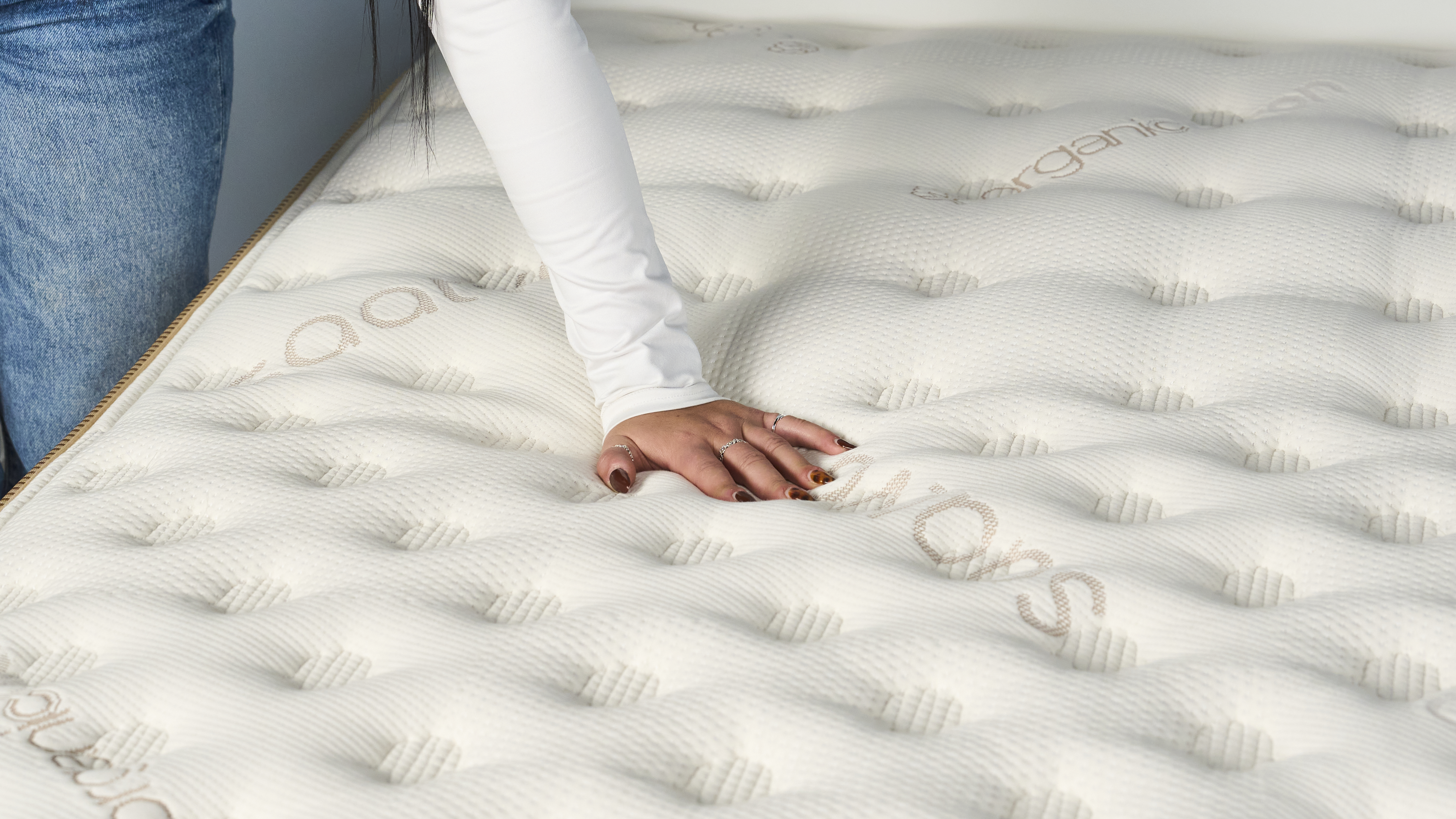
“A pillow top can add additional cushion to the feel of the mattress. This can be helpful if the sleeper prefers to sleep on their side and experiences shoulder or hip pain,” Dr. Lees explains.
“It can also help even out the support of a very firm mattress, ensuring all areas of the body are adequately supported.”
And, from a physical therapy point of view, Rapposelli agrees. He says pillow-top mattresses can “'fill in' the natural curves of our spine when lying down.” This can be particularly useful for those with very arched spines.
4 types of people who would benefit from a pillow-top mattress
So, pillow-top mattresses can help those with a bad back. But every sleeper is different, so we’re taking a closer look at who would benefit from investing in one of these cushioning beds.
1. Side sleepers
“Side sleepers often prefer the added cushion of a pillow top, as they can experience increased pressure on their shoulders and hips,” Dr. Lees explains.
“Pressure points can be painful and lead to tossing and turning throughout the night.”
An extra layer for a little more ‘give’ can help side sleepers sink into the mattress just enough to feel relief but not enough for their spines to go out of alignment. In fact, some of the best mattresses for side sleepers are pillow-top beds.
However, if you’re a stomach sleeper, this could have the opposite effect. “Back and side sleepers tend to like pillow tops, but stomach sleepers do not, as it can exaggerate the curves of the spine when face down,” Rapposelli warns.
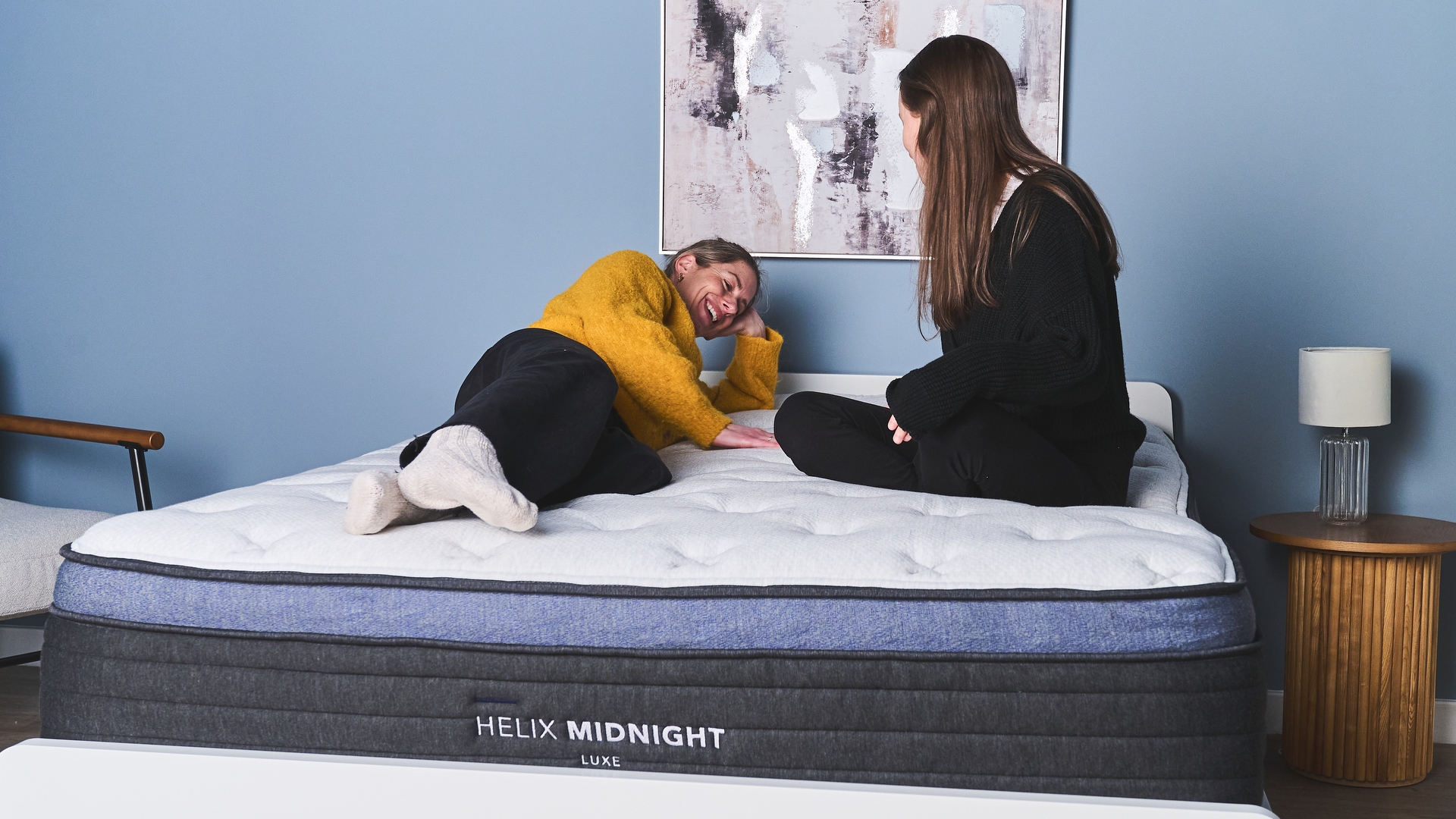
2. Those who benefit from an extra firm mattress but want more comfort
Some people will find that the only way they can sleep comfortably and pain free is on an extra firm mattress. However, they may still want a cozier feel to their mattress, which is why a pillow-top layer can be the solution.
“I recommend consumers buy a firm mattress, then soften it with a pillow top that suits their body,” Rapposelli says.
“You can always make a firm mattress softer with a pillow top, but you can't firm up a mattress that is too soft!”
3. The elderly
Back and joint pain becomes more likely as you age, and you may feel more susceptible to pressure build up.
“The elderly often prefer the softness of a pillow top…” Dr. Lees explains. “As people age, their muscle mass can diminish, and their spines can become less flexible. This can lead to pressure points over their spine and hips.”
This extra layer of soft material can provide a comfortable barrier between the sleeper and the mattress.
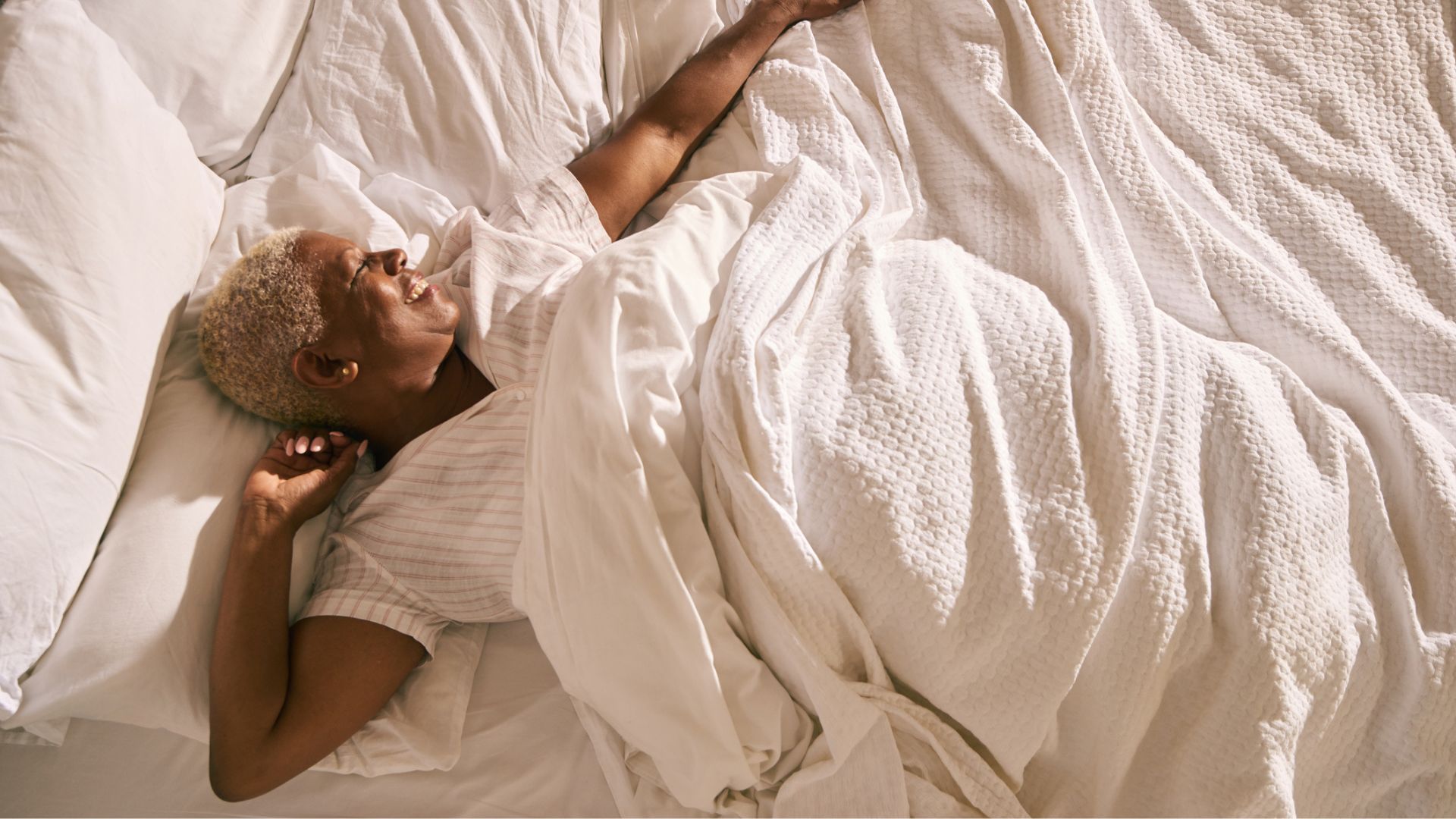
4. Light-weight sleepers
“Petite people or children may not be large enough to sink into a firm mattress, leaving gaps where no support is provided,” Dr. Lees says.
“A pillow top may help fill those gaps,” he explains. This is because the material used in pillow tops, like memory foam, latex, wool and cotton can contour to your body, ensuring every part of you is supported.
Personally, I found this to be true when lying on the Saatva Classic, which has a 3” euro pillow top. I don’t usually sleep on my back because my spine is very arched, but this mattress filled that gap in, which meant my whole body could relax.
What should sleepers with back pain look for in a pillow-top mattress?
While the above should help you find the right pillow-top mattress for you, there’s a few other things to look out for. For one, check the materials used. “The material should be breathable if the person is sensitive to sleeping too hot,” Dr. Lees advises.
If you struggle to regulate your temperature at night it can lead to tossing and turning, which exacerbates pain.
Natural materials like cotton and wool used in the best cooling mattresses, or specialist cooling materials like GlacioTex or copper memory foam can help sleepers stay cool and comfortable night long.

Rapposelli says simply, “The thicker, the better.” Thicker pillow-tops will usually indicate a higher quality of mattress, making it more effective in cushioning your body. Most pillow-tops beds are hybrid mattresses, so looking at the layers of your bed is also a good indicator of quality.
Thanks to industry standard sleep trials on mattresses (most brands let you sleep on a new mattress for anywhere between 100 to 365 nights,) you can ensure the bed supports you properly.
Dr. Lees advises checking whether “it supports the hips and chest, or do they feel like they sink in too far?”

Lauren is an experienced writer and editor in the health and lifestyle industry and has led many campaigns and projects that deliver news, advice, and research on all things sleep. As the Sleep Features Editor for Tom’s Guide, Lauren writes, commissions and edits sleep and mattress content, from in-depth how-tos in sleep and mattress health to interviews with doctors and neuroscientists on the latest news in sleep. Lauren regularly tests new sleep tech and accessories to evaluate their effectiveness for getting good quality sleep and easing specific sleep struggles like nighttime anxiety. Alongside this, Lauren reports on the best mattress brands out there, like Helix, Saatva, and DreamCloud, helping readers find the right mattress for them and the best deals on them.
You must confirm your public display name before commenting
Please logout and then login again, you will then be prompted to enter your display name.
